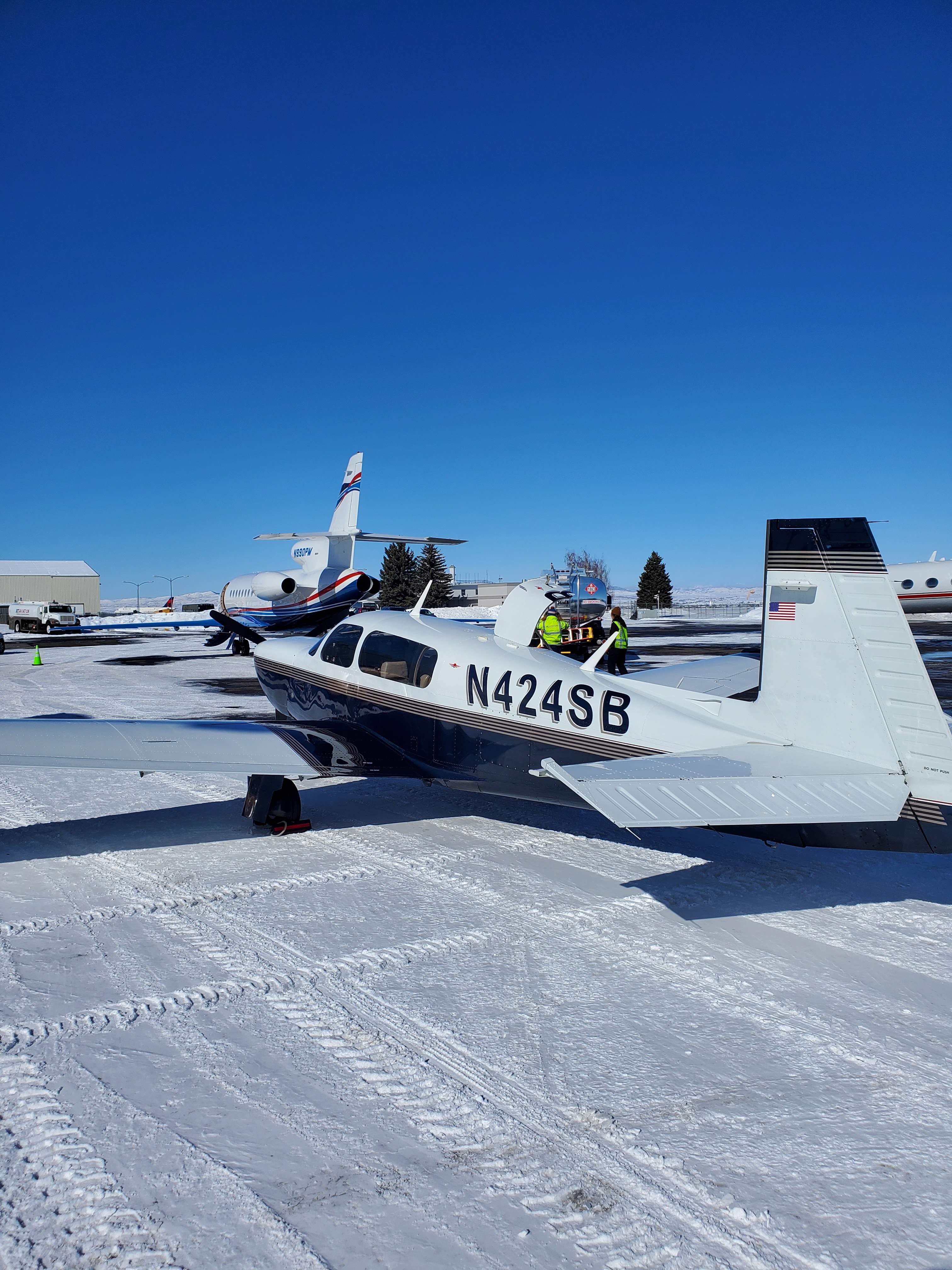
Fritz1
-
Posts
744 -
Joined
-
Last visited

The recent visitors block is disabled and is not being shown to other users.
Fritz1 replied to Rick Junkin's topic in Miscellaneous Aviation Talk
Fritz1 replied to Rick Junkin's topic in Miscellaneous Aviation Talk
We have placed cookies on your device to help make this website better. You can adjust your cookie settings, otherwise we'll assume you're okay to continue.